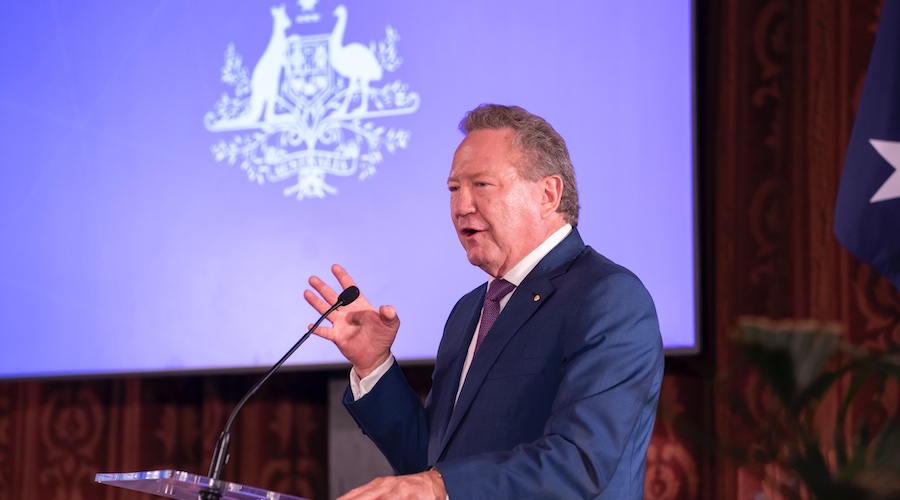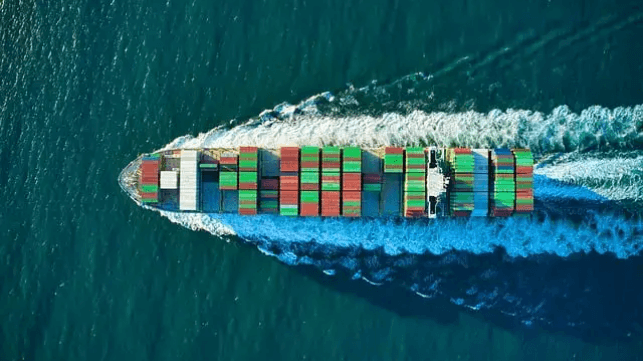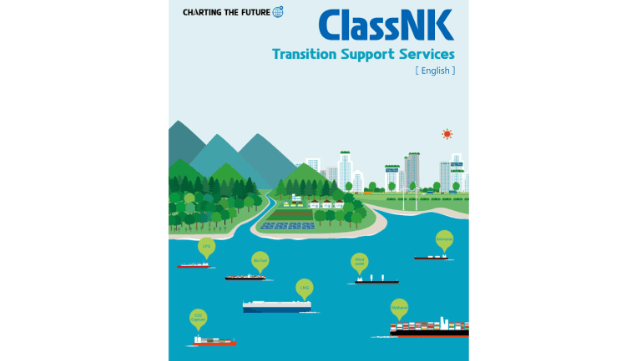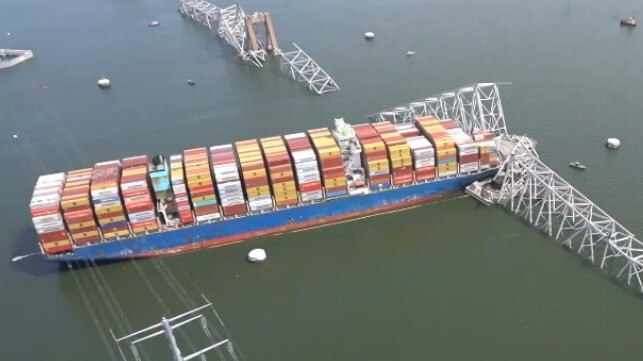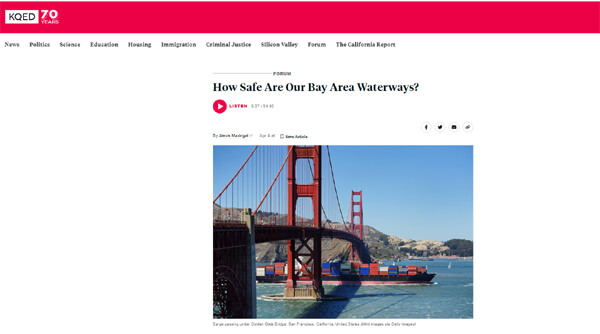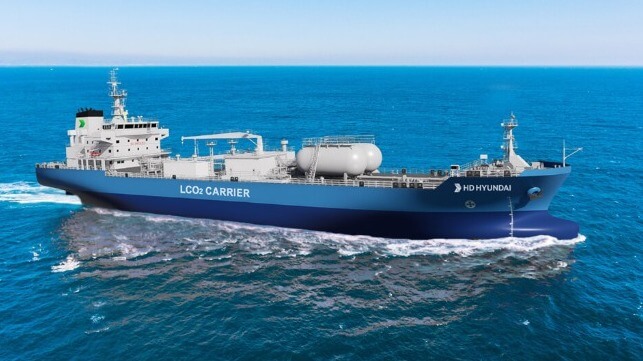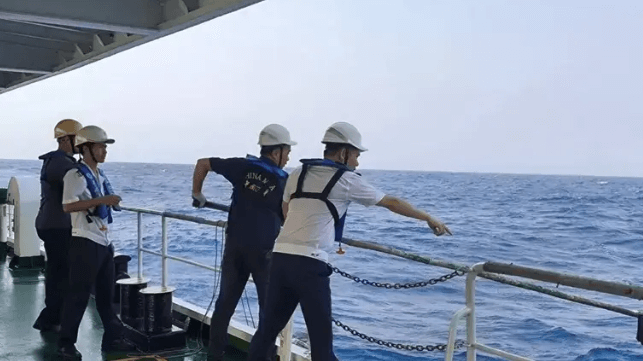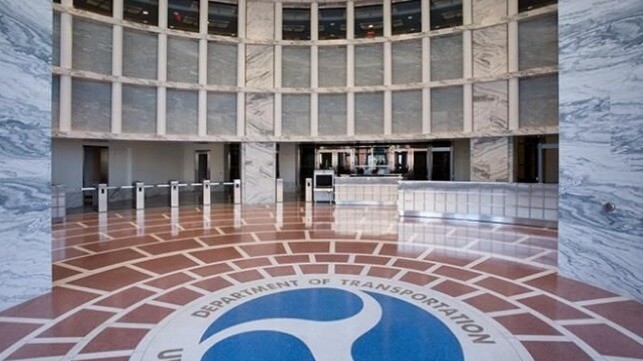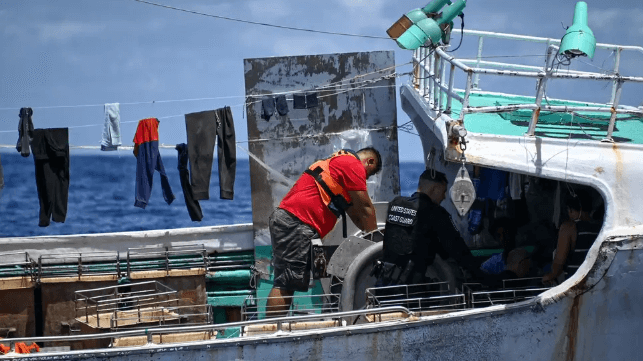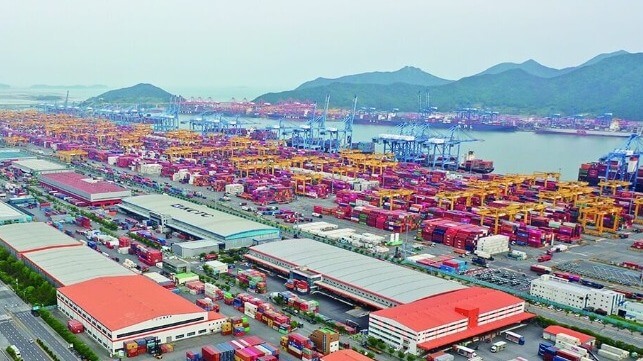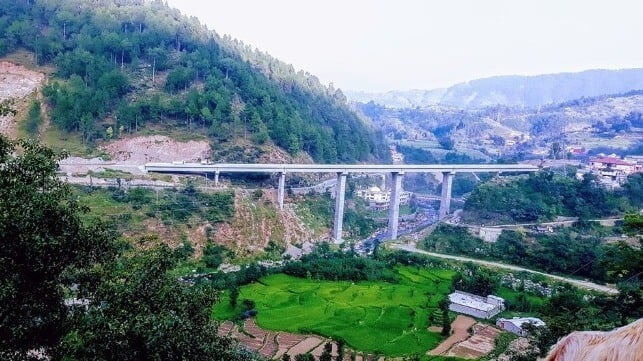[By Syed Fazl-e-Haider]
The killing of five Chinese engineers in a 26 March suicide attack in Pakistan’s northwest has renewed concerns about the safety and security of Chinese personnel and projects in the South Asian country. The attack – in which an explosives-laden vehicle rammed into a bus transporting staff from Islamabad to the Dasu dam project in Shangla district of Khyber Pakhtunkhwa province – sent a ripple of anxiety all the way to Beijing.
Yet despite China’s call for a “thorough investigation” into the incident, Islamabad and Beijing remain optimistic about the US$62 billion China–Pakistan Economic Corridor (CPEC), a flagship project of China's Belt and Road Initiative (BRI). Chinese foreign ministry spokesperson Lin Jian reportedly said, “Our two countries are all-weather strategic cooperative partners. Our iron-clad friendship is deeply rooted in the two peoples. No attempt to sabotage China–Pakistan cooperation will ever succeed.”
However, the ministry’s statement did little to allay fears among Chinese nationals working on dam projects in Pakistan’s northwest. Chinese companies suspended civil works on both the Dasu and Diamer–Bhasha dam projects in the aftermath of the suicide attack. Almost a thousand Chinese engineers working on both projects have stopped work.
Just two days after the bombing, a Chinese company suspended civil works at the Tarbela 5th Extension Hydropower Project and laid off more than 2,000 workers due to “security reasons”. In 2021, Pakistani authorities had awarded a US$355 million contract to Power Construction Corporation of China Ltd for civil works on the project. The 1,530MW Tarbela dam was scheduled to start power production before 2026.
Hardly a week before the suicide attack, insurgents targeted Chinese interests in the country’s southwest by storming the Gwadar Port Authority (GPA) complex and Turbat naval base near China-run Gwadar Port, which is a key component of the CPEC, in southwestern Balochistan province. Security forces thwarted both attacks and killed the insurgents. The assaults were claimed by the outlawed Balochistan Liberation Army (BLA), a separatist group fighting for an independent Balochistan against the state of Pakistan. Operationalised in 2017, Turbat naval base was built to provide a vital link for air transportation to support the CPEC.
“The audacious attacks on the GPA complex and Turbat naval base reflect the enhanced operational capacity of the BLA to storm the heavily guarded areas in Balochistan,” Jan Muhammed Baloch, a political analyst and researcher, told this author. “By attacking the GPA complex – the highly sensitive area in Pakistan’s Belt and Road hub of Gwadar – the group has sent a message of ‘vulnerability’ to China having ambitious plans for transport of Middle Eastern oil through Gwadar Port,” said Baloch.
The BLA, which has conducted numerous attacks on Chinese citizens in Pakistan, has demanded that China close down the CPEC and quit Balochistan. The group repeatedly warned Beijing against signing more CPEC deals with Islamabad.
Most insurgent attacks in Pakistan’s northwest and southwest are carried out by the proscribed Tehreek-e-Taliban Pakistan (TTP) or Pakistani Taliban, along with the BLA in the southwest. In late 2022, Baloch separatist groups including the BLA and TTP declared that they had joined ranks against the state of Pakistan.
These three high-profile attacks on Chinese interests have dealt a severe blow to the myth of foolproof security for Chinese personnel and projects in Pakistan. The attacks further aggravate security concerns for Beijing, which is the largest foreign investor in the country. Pakistan blamed “foreign elements” for the terrorist attacks on Chinese citizens, which it says are aimed at harming the China–Pakistan relationship and damaging the CPEC.
Pakistan accuses its neighbours, Iran and Afghanistan, of harbouring the anti-Pakistan militant outfits. There is, however, a background to the recent attacks. On 18 March, Pakistan conducted air strikes inside Afghanistan to target the sanctuaries of the TTP. In January, Pakistan carried out air strikes inside Iran targeting the hideouts of the BLA and other Baloch rebel groups. The BLA vowed to avenge the killing of its members in the air strike, as did the Taliban. Pakistan has been under attack by both the TTP and BLA since.
Meanwhile, the CPEC has been proceeding at snail’s pace, not just due to security threats. A combination of political instability, local stakeholder issues, the Covid-19 pandemic, and technical challenges have contributed to the low implementation rate of China’s megaprojects in Southeast Asia. CPEC projects face similar issues, but security is the number one challenge in Pakistan. Unlike Southeast Asian countries, Pakistan has been reeling from separatist insurgency and Islamist militancy for two decades.
Syed Fazl-e-Haider is a contributing analyst at the South Asia desk of Wikistrat. He is a freelance columnist and the author of several books, including The Economic Development of Balochistan.
This article appears courtesy of The Lowy Interpreter and may be found in its original form here.
Top image: CPEC-built Kas-Pul Bridge, Battagram (IamAnisurrahman / CC BY SA 4.0)
The opinions expressed herein are the author's and not necessarily those of The Maritime Executive.
